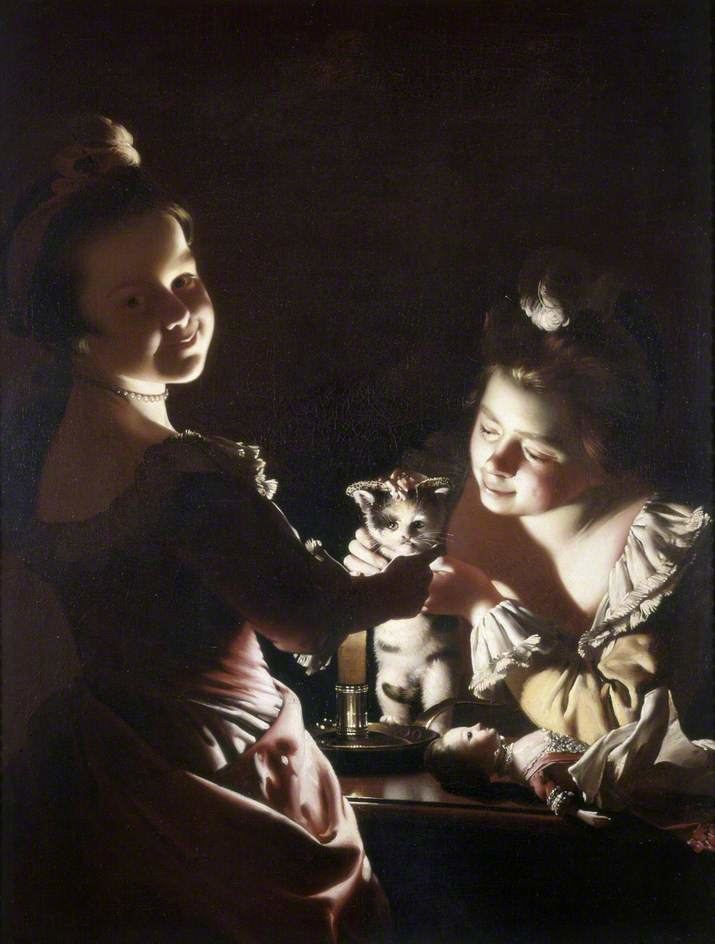 | ||
The National Heritage Memorial Fund (NHMF) was set up in 1980 to save the most outstanding parts of the British national heritage, in memory of those who have given their lives for the UK. It will receive £20million Government grant in aid between 2011–15, allowing for an annual budget of £4m-5m.
A diverse list of over 1,200 heritage items have been safeguarded by the National Heritage Memorial Fund to the tune of nearly £300 million, including:
The NHMF is funded by grant in aid from the Government through the Department for Culture, Media and Sport.
In 1993 NHMF was given the responsibility for distributing the share of heritage funding from the National Lottery for the heritage good cause. It does this through the Heritage Lottery Fund.
References
National Heritage Memorial Fund Wikipedia(Text) CC BY-SA
